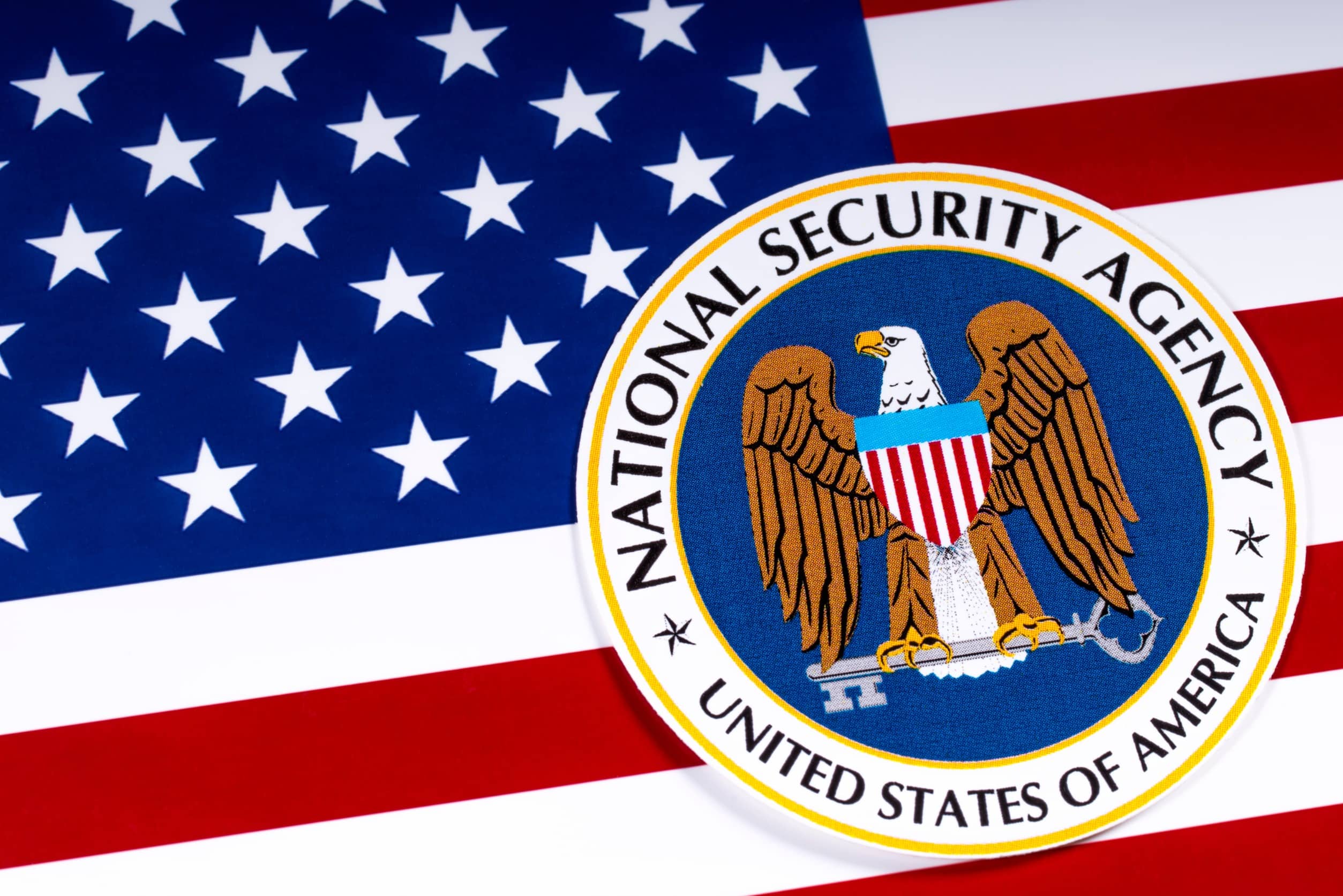
In today's digitally connected world, cybersecurity has become paramount. Organizations are constantly facing threats from hackers and adversaries trying to gain unauthorized access to their networks. To help combat these threats, the National Security Agency (NSA) has released new guidance on implementing a zero-trust framework. This framework aims to limit adversaries' movement on internal networks and protect critical resources. In this blog post, we will explore the NSA's zero-trust guidance and its significance in strengthening network security.
Understanding Zero Trust:
Traditionally, IT security models have operated under the assumption that everything and everyone on the network is trusted. However, the zero-trust model takes a different approach. It assumes that a threat already exists and doesn't grant unrestricted access inside the network. This design philosophy helps minimize the impact of a potential breach.
The Zero-Trust Architecture:
The NSA's zero-trust guidance revolves around seven pillars, each addressing different components that threat actors can exploit. In this blog post, we will focus on the network and environment pillar.
Network and Environment Component:
The network and environment component encompasses all hardware and software assets, non-person entities, and inter-communication protocols. To establish a zero-trust architecture, organizations must reach specific maturity levels within this component.
Data Flow Mapping:
Data flow mapping is a crucial step in achieving advanced maturity within the network and environment pillar. Organizations need to identify where data is stored and processed. Having a comprehensive inventory and visibility of data flows allows for effective mitigation of existing, new, or anomalous routes.
Macro Segmentation:
Macro segmentation involves creating network areas for different departments or user groups. By segregating the network, organizations can limit lateral movement, ensuring that users only have access to specific segments necessary for their roles. This reduces the attack surface and mitigates potential threats.
Micro Segmentation:
Micro segmentation takes the network management approach a step further by breaking it down into smaller components. Strict access policies are implemented to limit lateral data flows between applications or workflows. Through micro segmentation, the NSA advises organizations to further reduce the attack surface and minimize the impact of a breach.
Software-Defined Networking:
Software-defined networking (SDN) is a crucial enabler of micro segmentation. By centralizing control and providing customizable security monitoring, SDN allows for more granular control over packet routing and network policies. It enhances visibility, alerts, and ensures the growth of the network while enforcing strict security measures.
Advancing Zero Trust Maturity:
Implementing a zero-trust environment is a complex task that requires organizations to progress through maturity stages systematically. By embracing a zero-trust security model, organizations can build an enterprise architecture that can resist, identify, and respond to threats attempting to exploit weaknesses.
Conclusion:
The release of the NSA's zero-trust guidance is a significant step in strengthening network security. By adopting a zero-trust framework, organizations can limit adversaries' movement on their networks and protect critical resources. The network and environment component, with its focus on data flow mapping, macro and micro segmentation, and software-defined networking, plays a vital role in implementing a comprehensive zero-trust architecture. As cyber threats continue to evolve, it is essential for organizations to stay updated and implement best practices such as the zero-trust model to safeguard their networks and sensitive information.
Disclaimer: The information in this blog post is based on the guidance shared by the NSA and is intended for informational purposes only. Organizations should consult with cybersecurity professionals and evaluate their specific requirements when implementing a zero-trust framework.
References:
NSA shares zero-trust guidance to limit adversaries on the network - Bleeping Computer